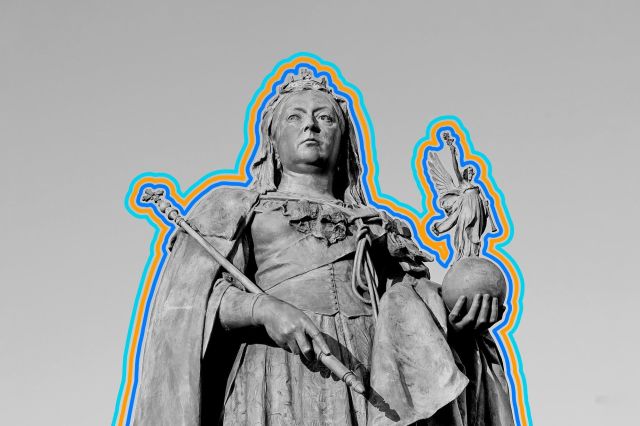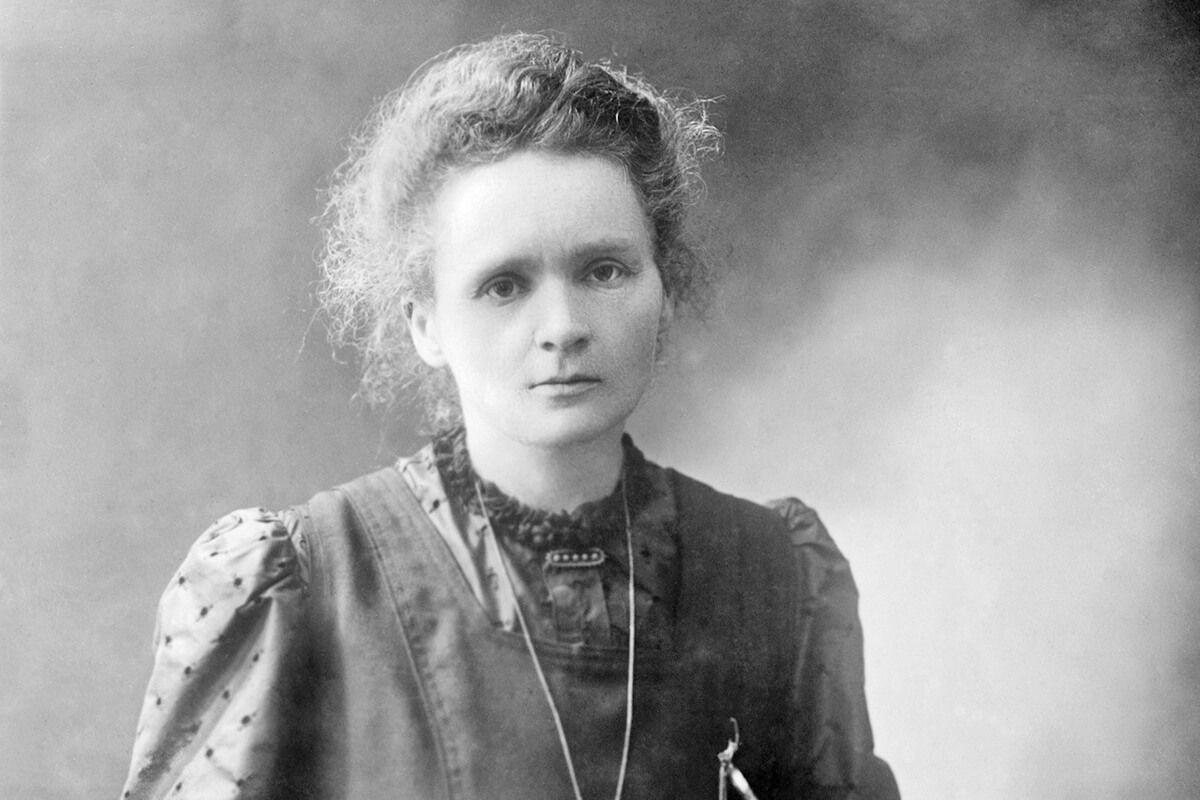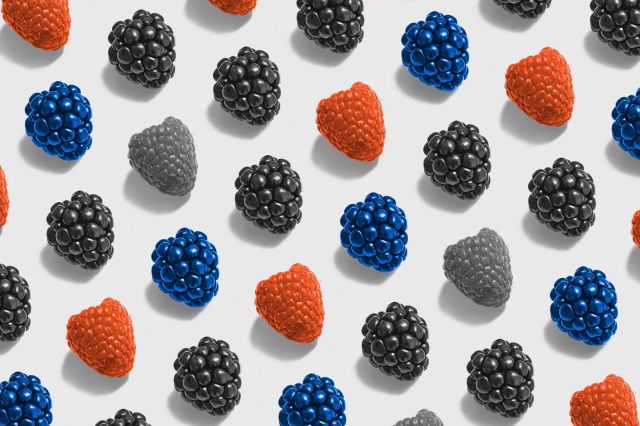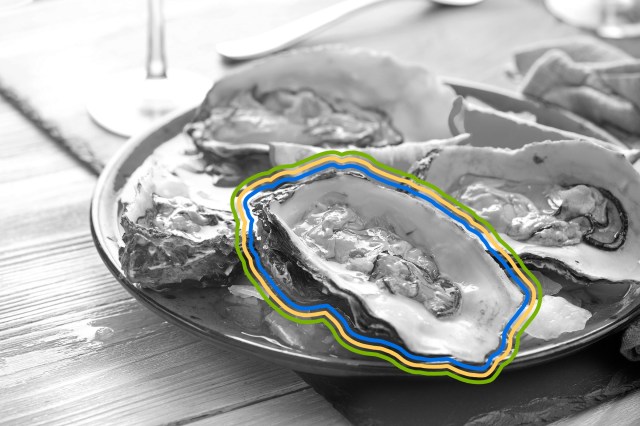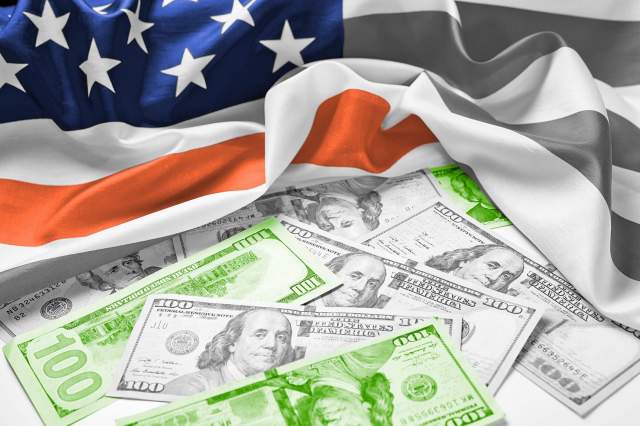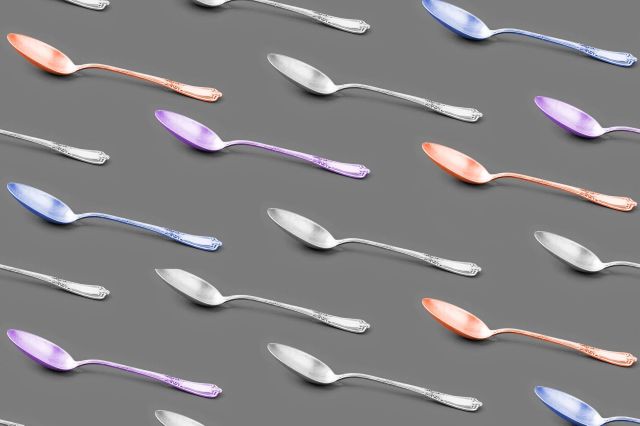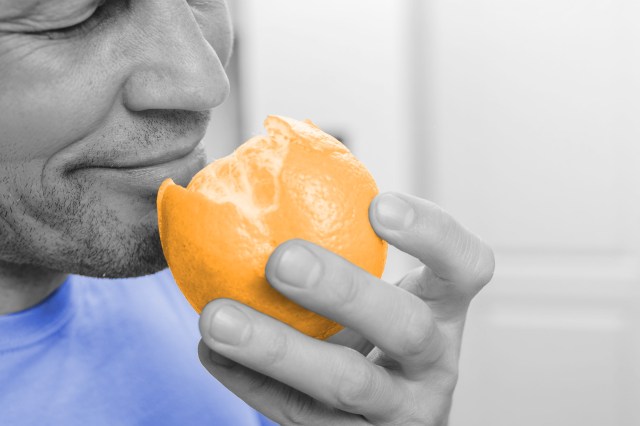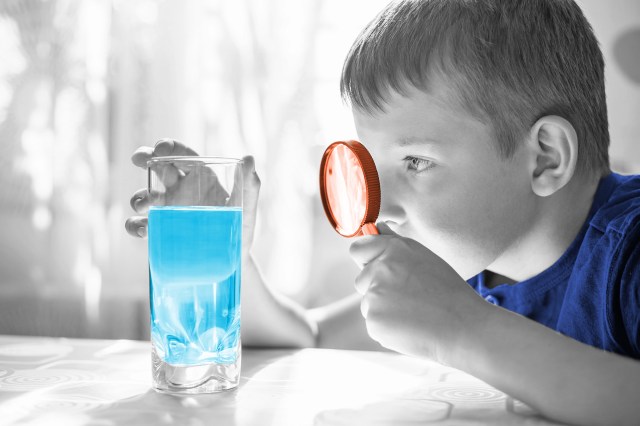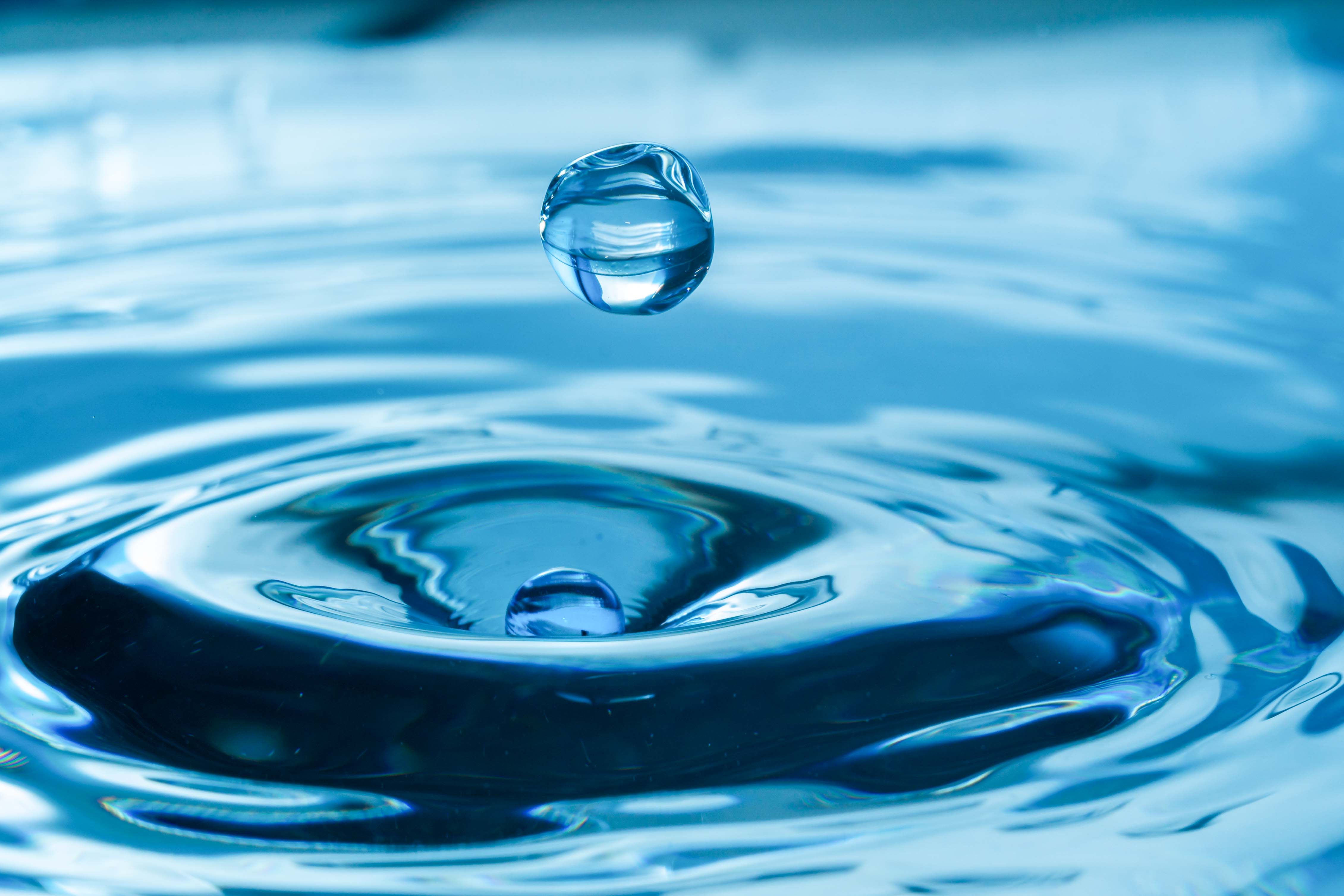7 Illuminating Facts About Lighthouses
Original photo by B Isnor/ Shutterstock

For millennia, lighthouses have guided wayward ships away from hazardous waters, providing safety during powerful storms. Lighthouses still help seafarers today, though modern sailors have many more navigational tools at their disposal, from GPS to detailed nautical charts, buoys, and radar beacons. These days, many lighthouses have become romantic relics of another era, one in which people set sail with only the power of the wind and looked toward lighthouses to guide them back home. These seven illuminating facts about lighthouses include just a few reasons why these structures continue to fascinate us and remain popular tourist destinations today.

Antiquity’s Most Famous Lighthouse Is One of the Seven Wonders of the Ancient World
The Lighthouse of Alexandria, also known as the Pharos of Alexandria, was built during the reign of Ptolemy II of Egypt, around 280 BCE. For centuries, it was one of the tallest structures in the world, with reports estimating that it reached about 350 feet high. The lighthouse stood on the island of Pharos in the harbor of Alexandria, named after Alexander the Great and the capital of the Ptolemaic Kingdom (which lasted from 305 BCE to 30 BCE).
Sadly, frequent earthquakes in the Mediterranean region badly damaged the lighthouse, and it was completely destroyed by the 14th century. However, the lighthouse served as an archetype from which all other lighthouses derived, and its importance is embedded in many Romance languages — for instance, the word “pharos” is sometimes used in English to mean “lighthouse.” In 1994 French archaeologists discovered remains of the famous lighthouse on the seabed, and UNESCO is working to declare the area a submerged World Heritage Site.

The U.S. Has More Lighthouses Than Any Other Country
The United States’ first lighthouse was built in 1716 on Little Brewster Island near Boston, Massachusetts. Lighthouses were so important to early America that in 1789 the first U.S. Congress passed the Lighthouse Act, which created the United States Lighthouse Establishment under the Department of the Treasury. Today, the U.S. is home to over 700 lighthouses — more than any other country in the world. However, the state with the most lighthouses isn’t located on the coast of the continental U.S. Michigan — surrounded by four of the five Great Lakes — is home to 130 lighthouses, including the remote lighthouse on Stannard Rock, nicknamed “the loneliest place in North America.”

The Romans Built the Oldest Surviving Lighthouse
In the first century CE, the ancient Romans built the Farum Brigantium, known today as the Tower of Hercules — the world’s oldest lighthouse that is still functional. The lighthouse continues to guide and signal sailors from La Coruña harbor in northwestern Spain. An 18th-century restoration of the tower thankfully preserved the original core of the structure while improving its functionality. Now a UNESCO World Heritage Site, the Tower of Hercules is the only Greco-Roman lighthouse from antiquity that has retained such a high level of structural integrity, and it continues to shine its light across the Atlantic to this day.

“Lightships” Once Sailed the Seas
Although lighthouses were originally designed as immovable land structures, in 1731 English inventor Robert Hamblin designed the first modern lightship and moored it at the Nore sandbank at the mouth of the Thames River. As its name suggests, the ship had a lighted beacon and was used to provide safe navigation in areas where building a land-based lighthouse was impractical. The U.S. had its own lightship service, which began in 1820 and lasted 165 years. The country’s last lightship, the Nantucket, retired in 1985 after being replaced by more modern technology such as automated buoys. Today, the United States lightship Nantucket (LV-112) is registered as a National Historic Landmark.

An 1819 Invention Gave Lighthouses a Major Upgrade That Still Exists Today
In the early 19th century, lighthouses weren’t particularly good at steering ships away from land, as the most common lenses used in lighthouses at the time, known as Lewis lamps, were not nearly powerful enough. Enter French inventor Augustin-Jean Fresnel, who in 1821 introduced his eponymous lens. The Fresnel lens used a series of prisms to focus all the light from a lamp in one direction and magnify it into a much more powerful beam. Soon, Fresnel lenses were installed in lighthouses all over the world. Not only did they offer vastly improved functionality, they were also stunningly beautiful. The Fresnel lens was so revolutionary that the technique is still used today in flood lights and professional lighting equipment.

The U.S. and Soviet Union Experimented With Nuclear-Powered Lighthouses
In 1964, the Baltimore Harbor Light, which sits at the mouth of the Magothy River, became the first — and last — nuclear-powered lighthouse ever built by the United States. Originally constructed in 1908, the Baltimore Harbor Light operated as a far more typical lighthouse for 56 years, until it became the subject of a Coast Guard experiment. The U.S government installed a 4,600-pound atomic fuel cell generator, and the lighthouse ran on nuclear power for a year before the project was dismantled (thankfully with no signs of nuclear contamination).
Although the U.S.’s experiment with nuclear lighthouses was short-lived, the Soviet Union embraced them more enthusiastically, building 132 nuclear-powered lighthouses along the notoriously inhospitable Northeast Passage, a shipping route between the Atlantic and Pacific oceans along Russia’s Arctic coast. After the fall of the Soviet Union in the early 1990s, Russia abandoned the upkeep of these lighthouses. But, being nuclear-powered, they kept shining their light for years afterward.

A Remote Scottish Lighthouse Was the Sight of an Enduring Mystery
The Flannan Isles Lighthouse is located on the remote, uninhabited island of Eilean Mòr in northern Scotland. From the outside, the lighthouse is remarkably similar to many other lighthouse structures built around the turn of the 20th century — so you might not guess that it was the setting of a notorious unsolved disappearance that inspired the 2018 film The Vanishing starring Gerard Butler.
On December 15, 1900, the transatlantic steamer Archtor noticed the lighthouse wasn’t lit while traveling to the port town of Leith. A team from the local lighthouse board visited the island a few days later and discovered no sign of the three lighthouse keepers who were supposed to be on duty. The table was set for dinner, and an oilskin (a type of raincoat) was still on its hook. A preliminary investigation concluded that two of the lighthouse keepers likely traveled to the west platform to secure a supply box during a storm and accidentally tumbled into the sea. When the last keeper went to investigate (without his oilskin), he likely met a similar fate. Rumors on the mainland posited more fanciful explanations, including mythical sea serpents or even murder. While those explanations have been largely dismissed, it’s unlikely we’ll ever know for sure what happened at Flannan Isles Lighthouse.

Darren Orf lives in Portland, has a cat, and writes about all things science and climate. You can find his previous work at Popular Mechanics, Inverse, Gizmodo, and Paste, among others.
top picks from the optimism network
Interesting Facts is part of Optimism, which publishes content that uplifts, informs, and inspires.
























